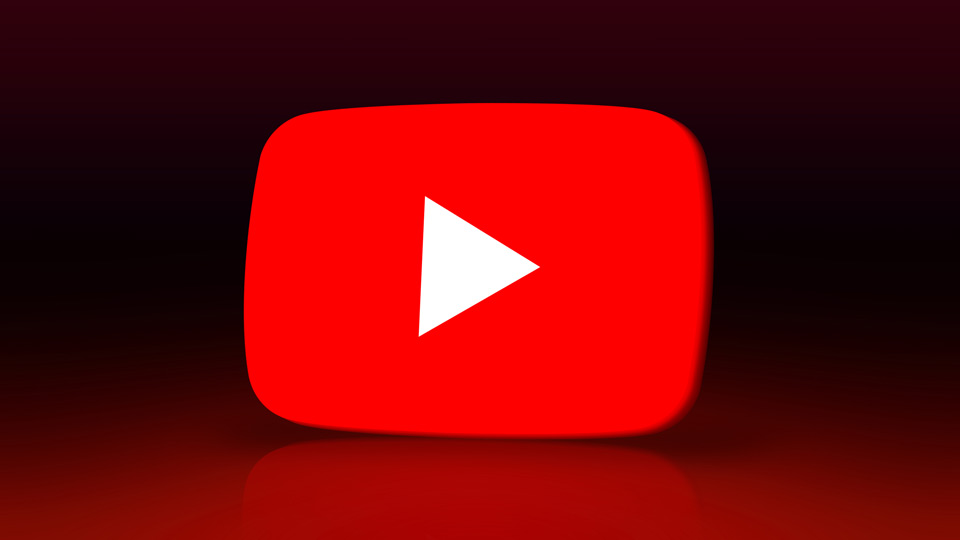
YouTube gets serious about ad blockers
YouTube has recently announced that it is cracking down on ad blockers globally. This move is likely to have a significant impact on both users and creators on the platform.
The world’s largest video platform relies almost entirely on advertising revenue to support its platform and creators. Its parent Google itself, continues to draw a chunk of its revenue from advertising, even as Cloud computing and other bets seem to be lagging behind. When users block ads, Youtube and the likes lose out on a significant chunk of revenue, and the rest of the math is pretty straight-forward.
YouTube has also argued that ad blockers can interfere with the user experience. For example, ad blockers can prevent users from seeing relevant ads that may be of interest to them. Additionally, ad blockers can sometimes cause videos to load more slowly or to not play at all.
For users, the crackdown on ad blockers means that they will either need to allow ads or pay for a YouTube Premium subscription in order to continue using the service as they have in the past. Those who continue to use ad blockers may find that their video playback is disabled.
YouTube has said that it will not block video playback immediately after a user is detected using an ad blocker. Instead, users will be prompted to allow ads or to subscribe to YouTube Premium. If a user continues to use an ad blocker after being prompted, YouTube may eventually block their video playback.
It is important to note that YouTube’s crackdown on ad blockers is not new. YouTube has been experimenting with different ways to detect and block ad blockers for several years. However, the recent announcement suggests that YouTube is now taking a more aggressive approach to cracking down on ad blockers.
The crackdown on ad blockers could also lead to an increase in the number of YouTube Premium subscribers. This is because users who are unwilling to watch ads may be more likely to pay for a Premium subscription in order to continue using the service. This would be a positive development for creators, as YouTube Premium subscribers pay a higher share of their subscription fee to creators than non-premium users.
Users who are unhappy with the crackdown on ad blockers have a few options. They can either allow ads, subscribe to YouTube Premium, or switch to a different video streaming platform that does not allow ads.
If users choose to allow ads, they can still have some control over the types of ads they see. For example, users can opt out of personalised ads and they can block specific ads. Additionally, users can install ad blockers that only block certain types of ads, such as tracking ads or intrusive ads.
If users choose to subscribe to YouTube Premium, they will need to pay a monthly fee. In India, it currently costs Rs. 129 per month for individuals, but a yearly plan costs Rs. 1,290. YouTube also has a family plan priced at Rs. 189 per month that allows up to five people to watch without ads.


